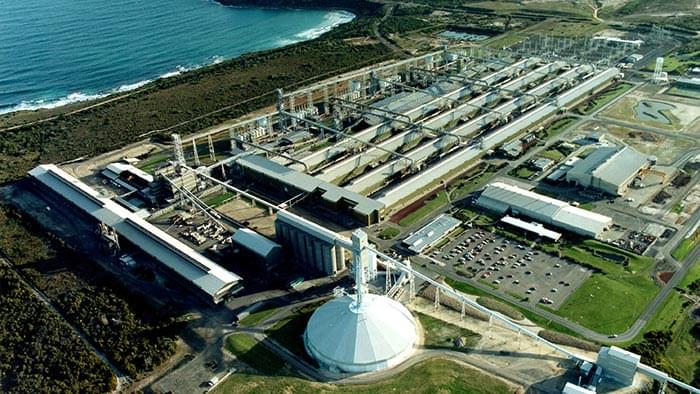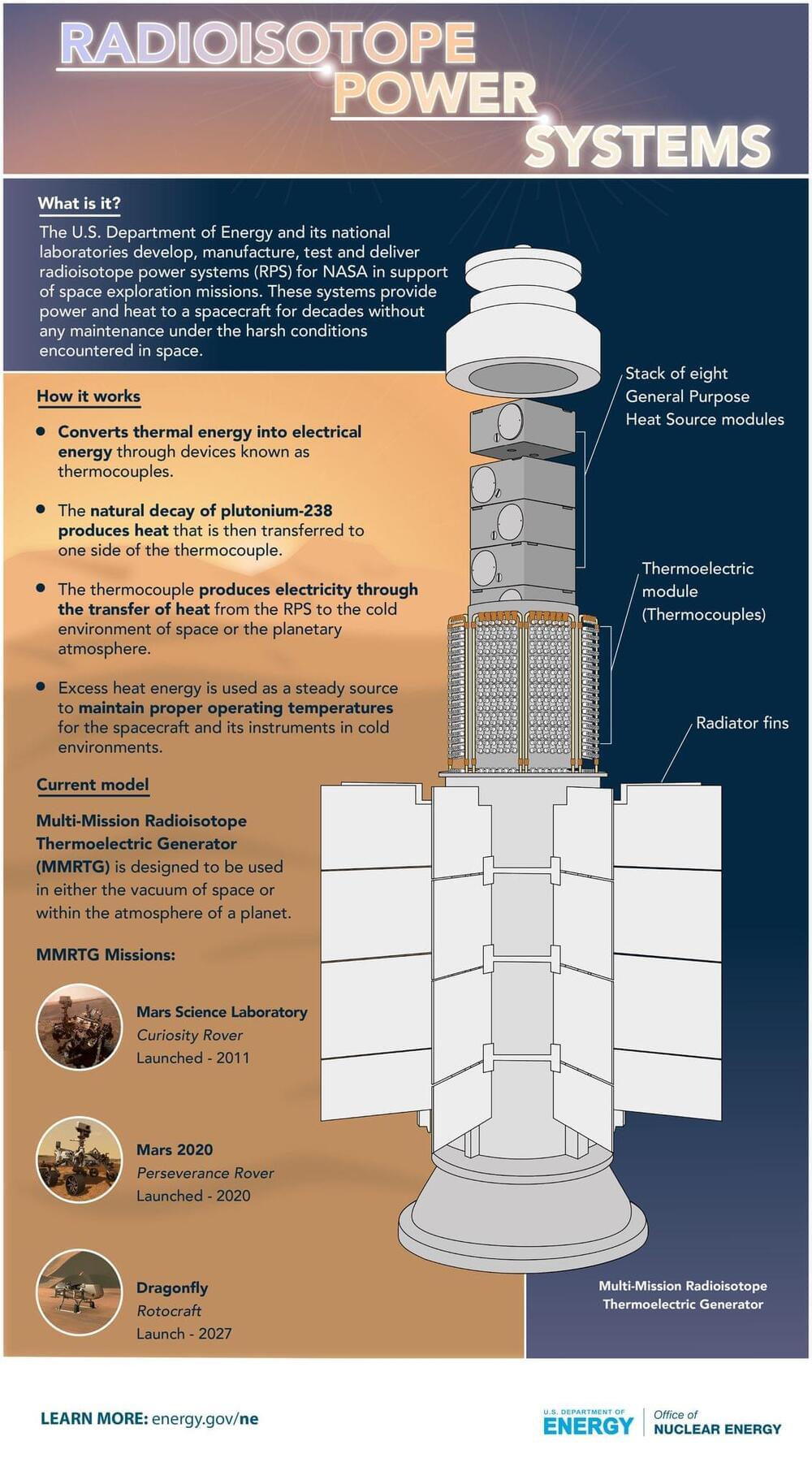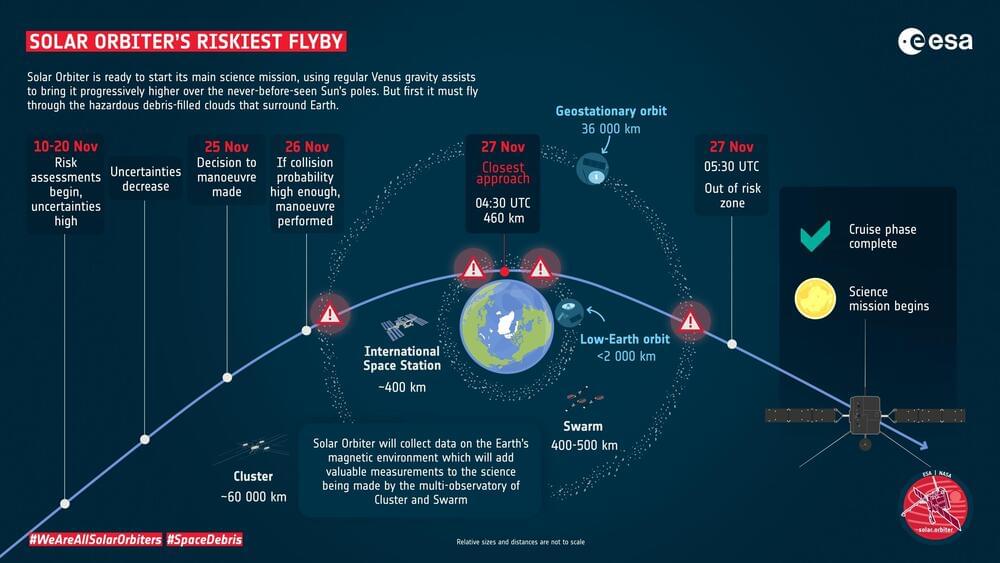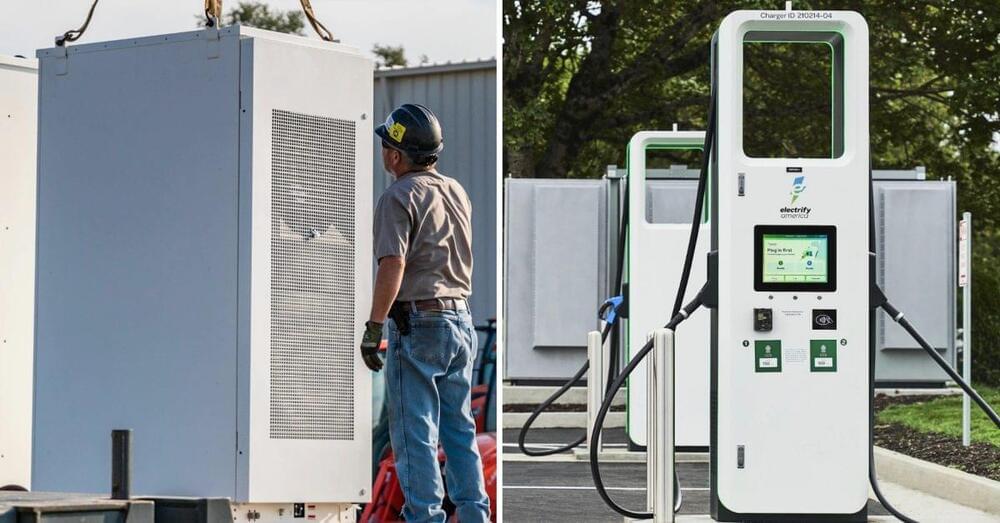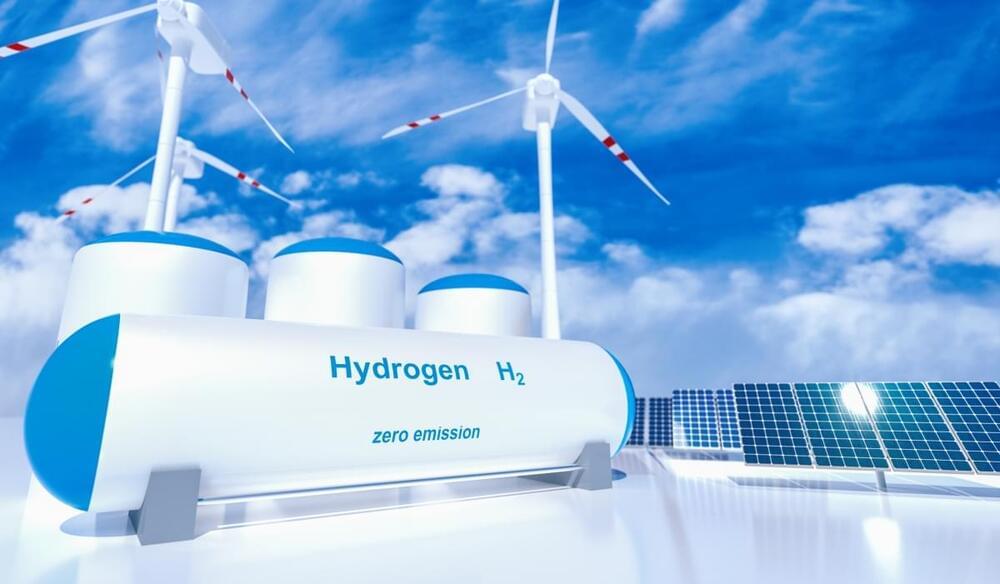Alinta unveils plans to build 1,000MW offshore wind farm near Portland to help deliver 100 per cent renewable energy supply to local aluminium smelter.
Alinta Energy is proposing a 1,000MW wind farm off the coast of Portland in Victoria that could help power the Portland aluminium smelter with up to 100 per cent renewables, and inject green energy into the country’s main grid.
The $4 billion Spinifex offshore wind project, first flagged by Alinta CEO Jeff Dimery in an interview on RenewEconomy’s weekly Energy Insiders podcast in October, would be sited about 10km off the coast of Portland.
Spinifex would connect to the grid via the smelter’s switchyard – which accounts for more than 10 per cent of the state’s electricity demand – and make the site among Australia’s first smelters to be powered by up to 100 per cent renewables.
